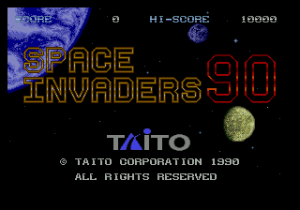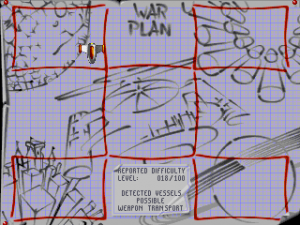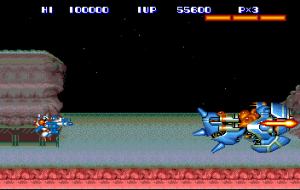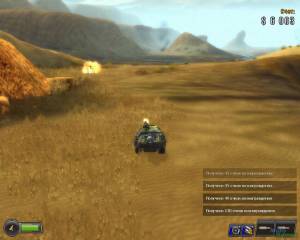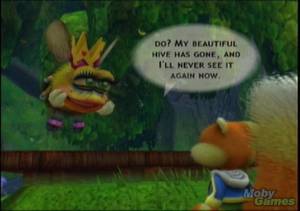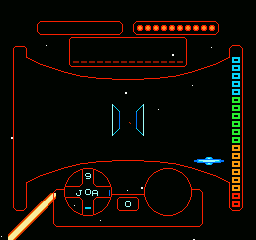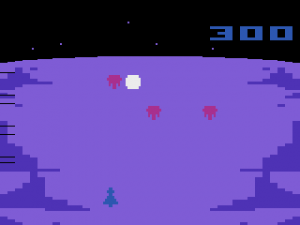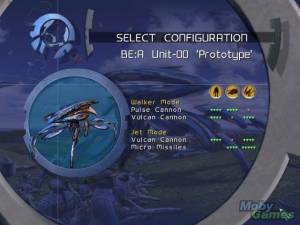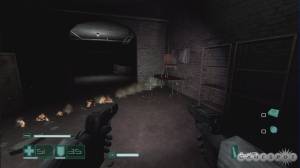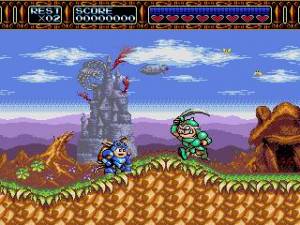Game Classification
Metroid: Other M Team Ninja (Japan), Nintendo of America Inc., 2010
Classification
VIDEO GAMEKeywords
Market
This title is used by the following domains:- Entertainment
Audience
This title targets the following audience:Age : 12 to 16 years old / 17 to 25 years old
General Public
Gameplay
The gameplay of this title is Game-based(designed with stated goals)
The core of gameplay is defined by the rules below:
Similar games
 Metoid: Other M follows recent console releases of Metroid games by being developed, like the Metroid Prime trilogy, by a studio outside of Nintendo. This time, rather than being handed to what, at the time, was a rookie studio, Metriod: Other M has been developed by veteran developer Team Ninja, notable for Dead or Alive and the Ninja Gaiden series.
Metoid: Other M follows recent console releases of Metroid games by being developed, like the Metroid Prime trilogy, by a studio outside of Nintendo. This time, rather than being handed to what, at the time, was a rookie studio, Metriod: Other M has been developed by veteran developer Team Ninja, notable for Dead or Alive and the Ninja Gaiden series.
Other M takes place, chronologically, after the events of Super Metroid, and before the events of Metroid Fusion. After a recuperation introduction, and a cinematic retelling of the final moments of Super Metroid, the game begins with Samus intercepting and investigating a distress call. The call comes from a space station (much like Metroid Fusion) that is in trouble. Samus meets up with her old military commander, Adam Malkovich and joins his team of Federation soldiers as they investigate the distressed station. Per the gameplay story, Samus is largely considered to already have many of her suit's abilities (such as missiles and bombs) in tact, but doesn't use them until Adam gives the authorization.
The game features a return to the side-scrolling gameplay of classic 2-D Metroid games, but in a hybrid form which also includes first-person shooter segments (utilized simply by pointing the Wii Remote at the television), and even 3rd-person ?over the shoulder? segments for very small rooms. Targeting enemies is typically just a matter of aiming in the right direction, and specific shots are automatic in 2-D mode. In first-person mode, Samus can lock on to enemies to fire missiles. The Morph Ball returns, as expected, and operates in a similar manner to the popular Metroid Prime titles, with the camera zoomed in extremely close in tight environments. The over-the-shoulder 3rd-person view is mostly used for exploration of small rooms, and not combat. The game is played using only the Wii Remote without the Nun-chuck accessory.
As a staple of the series, Samus can again build up her armaments and weapons by collecting items found by exploring the game. This is in addition to the plot device that she doesn't use anything until authorized.
New to the franchise is ample use of cinematic cut-scenes, which are used to tell the back story of Samus, her past with Adam Malkovich, and her former military association. Also, rare for a Nintendo title, is ample spoken dialog from the title character--both in cinematics and story sequences, as well as monologues detailing Samus' perceptions and feelings through the story.
For the first time, Samus Aran?s overall agility is more in-line with her Super Smash Bros form than most previous Metroid titles and her combat catalog now includes finishing moves, dodges, and grapple attacks. All the new moves are designed around simplicity and speed--sometimes operating automatically if the right button is held--and the game?s combat has the arcade-intense feel of Team Ninja?s more recent Ninja Gaiden titles.
Pre-ordered copies of the game came bundled with an ?Art Folio? containing sixteen cards featuring artwork from the game, with descriptions printed on the back. The cards are roughly the same size and shape of a DVD case. [source:mobygames]
Distribution : Retail - Commercial
Platform(s) : Wii
 Français
Français English
English




